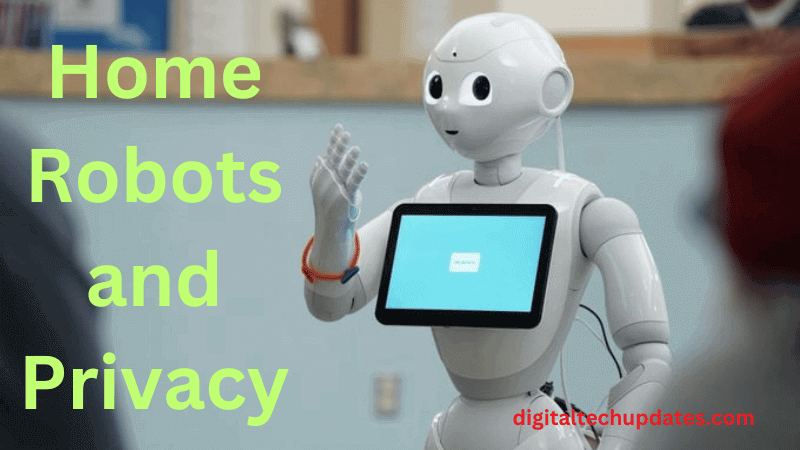The rise of home automation technologies has led to an increased interest in home robots, which promise to make our lives more convenient and efficient. However, as these robots become more integrated into our homes and personal lives, concerns about privacy and security have emerged, as mentioned in ExpressVPN post on robotics. In this article, we will explore the benefits and risks of home robots, and discuss how to balance convenience with privacy.
What are Home Robots?
Home robots are autonomous or semi-autonomous machines designed to perform various tasks in a domestic setting. They can range from simple vacuum cleaners to more complex devices that can interact with humans, such as virtual assistants, smart speakers, or even robotic pets. These robots are equipped with sensors, cameras, microphones, and other technologies that allow them to perceive and respond to their environment. The Washington Post even predicts that the next generation of home robots will be even smarter than now. They would be more social, and we will have a chance to deepen our relationships with them.
Benefits of Home Robots
The main benefit of home robots is convenience. They can help us with tedious or time-consuming tasks, such as cleaning, cooking, or shopping. They can also provide entertainment, companionship, or educational support. For example, a robot companion for elderly people can assist with medication reminders, track vital signs, and provide emotional support. A robot teacher can help children learn new languages, math, or coding skills in a fun and interactive way.
Risks of Home Robots
However, home robots also pose several risks, especially regarding privacy and security. For example, some robots can collect and transmit sensitive personal data, such as voice commands, facial recognition, or location tracking, without the user’s knowledge or consent. This data can be used for commercial or malicious purposes, such as targeted advertising, identity theft, or cyberstalking. Moreover, robots can be hacked, manipulated, or misused, which can lead to physical or psychological harm, such as theft, surveillance, or harassment. According to Brookings studies, people who love gadgets also have to understand how their personal data is going to be proceeded. For example, Roombas access people’s homes and build maps of the places where they are located.
Privacy Concerns of Home Robots
Privacy concerns are one of the most pressing issues related to home robots. As these robots become more sophisticated and ubiquitous, they can gather a vast amount of personal information, such as biometric data, health records, financial transactions, or social interactions. This data can be used to create detailed profiles of the user’s behavior, preferences, and habits, which can be exploited by third parties. For example, a robot that monitors a user’s sleep patterns can reveal sensitive information about their health, lifestyle, or personal relationships.
Security Risks of Home Robots
Security risks are also a major concern regarding home robots. Since these robots are connected to the internet, they are vulnerable to cyberattacks, malware, or data breaches. Hackers can exploit the weaknesses of the robot’s software or hardware to gain unauthorized access to the user’s network, steal their data, or control the robot’s behavior. This can lead to serious consequences, such as theft, vandalism, or physical harm.
How to Balance Convenience with Privacy
To balance the convenience of home robots with privacy concerns, it is important to take several measures. First, users should be aware of the risks and benefits of home robots and make an informed decision before purchasing or using them. They should also read the privacy policies and terms of service of the robot’s manufacturer and understand what data is collected, how it is used, and who has access to it. If possible, users should opt for robots that have strong privacy and security features, such as encryption, two-factor authentication, or automatic software updates.
How to Secure Home Robots
To secure home robots, users should follow some best practices, such as changing the default passwords, updating the software regularly, disabling unnecessary features, such as remote access, and monitoring the robot’s behavior for unusual activity. They should also keep their home network secure, by using strong passwords, firewalls, and antivirus software, and by avoiding opening suspicious emails or clicking on unknown links. If a user suspects that their robot has been hacked or compromised, they should immediately disconnect it from the network and contact the manufacturer for assistance.
Conclusion
In conclusion, home robots offer many benefits in terms of convenience and efficiency, but they also pose significant risks to privacy and security. To balance these competing interests, users should be informed about the risks and take proactive measures to secure their devices and data. Manufacturers should also prioritize privacy and security in their design and development processes and provide clear and transparent policies to their customers. With proper awareness and precautions, home robots can enhance our lives without sacrificing our privacy and security.




